If you've been exploring advanced leg exercises or scrolling through gym content online, you've likely encountered the term "pendulum squat." But what does pendulum squat work exactly? In this blog post, we'll take an in-depth, professional, yet engaging look at this machine-based lower body movement and break down the muscles it activates, how it differs from traditional squats, and why it's becoming a favorite among athletes, bodybuilders, and fitness lovers alike.
What is a Pendulum Squat?
The pendulum squat is a lower body exercise performed on a specific piece of gym equipment designed to guide your body through a fixed arc of motion. Unlike free-weight squats, which require balance and spinal stabilization, the pendulum squat allows for a more isolated focus on the lower body muscles, particularly the quadriceps, glutes, and hamstrings. Because the machine supports your back and guides the movement, it enables lifters to safely load the legs with less concern about form breakdown or injury.
Primary Muscles Worked by the Pendulum Squat
Quadriceps (Quads)
The quadriceps are the primary movers during the pendulum squat. Positioned on the front of your thighs, the quads are responsible for extending the knee joint. Due to the angle and design of the pendulum machine, there's a pronounced emphasis on the quads throughout the full range of motion, especially in the bottom half of the movement. This makes the pendulum squat a highly effective choice for anyone looking to develop thigh size, strength, and definition.
Why it works: The guided motion removes the need for balancing the barbell, so you can go deeper and control the eccentric (lowering) phase with more precision, which significantly recruits more muscle fibers in the quads.
Gluteus Maximus (Glutes)
The glutes, particularly the gluteus maximus, are also heavily engaged in the pendulum squat. As you push through the concentric (rising) phase of the movement, the glutes help extend the hips and drive you back to a standing position.
Why it works: Because the movement path is curved, it places the glutes in a stretched position at the bottom, maximizing contraction as you rise. With a slight adjustment in foot placement (feet higher on the platform), you can increase glute activation.
Hamstrings
Although not as dominant as the quads and glutes, the hamstrings provide critical support in the pendulum squat. Located at the back of your thighs, the hamstrings act as stabilizers and synergists in the movement, particularly during the transition from the downward to upward phase.
Why it works: While the primary joint action is knee extension (quads), the hamstrings contribute to hip extension. They help maintain joint integrity and prevent excessive knee strain.
Secondary Muscles Engaged
Calves (Gastrocnemius and Soleus)
Your calves engage to stabilize your ankle joint and support the upward motion of the squat. While they are not the focus, they contribute isometrically to maintaining your balance and posture on the platform.
Core Muscles (Rectus Abdominis, Obliques, and Erector Spinae)
Though the machine supports your back, your core still plays a role in maintaining posture and preventing collapse at the trunk. A strong core enables better force transfer from the lower body through the torso.
Why the Pendulum Squat is Effective
- Stability and Safety: The pendulum squat machine is designed with built-in back support and a fixed arc of motion, greatly reducing the chances of injury due to form breakdown or excessive spinal loading. Because the movement path is predetermined, users are less likely to deviate from safe biomechanical alignment, making it especially suitable for beginners or those recovering from injury. This structural support encourages better focus on muscular engagement without compromising joint health.
- Deeper Range of Motion: One of the standout benefits of the pendulum squat is its ability to facilitate a deeper squat compared to traditional barbell squats. The machine's curved trajectory promotes greater knee flexion and hip flexion, allowing for a more complete stretch and contraction cycle. According to biomechanical studies, deeper squats activate more motor units in the quadriceps and glutes, leading to enhanced hypertrophy and neuromuscular efficiency. This deeper range also helps in strengthening connective tissues and improving joint mobility over time.
- Isolation of Target Muscles: By eliminating the need for active stabilization of the load—as required in free-weight squats—the pendulum squat allows users to hone in on specific lower-body muscle groups with laser-like precision. For example, adjusting foot placement can shift emphasis from the quads to the glutes, or even the adductors with a wider stance. This targeted isolation makes the movement exceptionally valuable in hypertrophy training, where focused muscle recruitment is crucial for optimal development.
- Progressive Overload Friendly: Because of the guided path and reduced injury risk, the pendulum squat is ideal for applying progressive overload—one of the foundational principles of strength training. Users can incrementally increase the resistance with more control and less systemic fatigue, making it easier to manage total volume over the course of a program. Additionally, its suitability for high-rep sets or advanced techniques like drop sets makes it a versatile tool for both strength and muscle-building goals.
Pendulum Squat vs. Traditional Squat: Muscle Activation Differences
While both exercises activate similar muscle groups, the pendulum squat allows for more targeted work on the quads due to the nature of the machine. Traditional barbell squats, on the other hand, involve more stabilization muscles including spinal erectors and upper back.
Pendulum Squat:
- Emphasis on quads and glutes
- Lower spinal load
- Safer for high-volume hypertrophy training
Barbell Squat:
- Engages more stabilizers (core, back)
- Higher neuromuscular demand
- Better for overall functional strength
Optimizing Your Pendulum Squat
Here are key variables that can influence muscle engagement:
Foot Placement
- Low on the platform: Emphasizes quads
- High on the platform: Increases glute activation
- Wide stance: Brings inner thighs (adductors) into play
Depth of Squat
The deeper you go (without pain or rounding the back), the more muscle fibers you recruit, especially in the glutes and quads. Thanks to the machine's structure, most people can safely squat deeper than with free weights.
Tempo and Control
Slowing down the eccentric phase (lowering) and pausing at the bottom before exploding up can lead to greater hypertrophy. Time under tension is key for muscle growth.
Programming Tips: How to Incorporate Pendulum Squats
- For hypertrophy: 3-4 sets of 10-15 reps with moderate to heavy weight
- For strength: 4-5 sets of 6-8 reps, focusing on full depth and controlled tempo
- As accessory work: After heavy squats or leg presses, use pendulum squats to isolate and exhaust the quads or glutes
Who Should Use the Pendulum Squat?
- Beginners: Safe introduction to loaded squats without fear of tipping or losing balance
- Bodybuilders: Ideal for sculpting and isolating specific muscle groups
- Rehab or post-injury: Offers controlled environment to retrain squat patterns
- Advanced lifters: Great addition for increasing volume without taxing the spine
Common Mistakes to Avoid
- Shallow range of motion: Performing partial squats—especially stopping short of a 90-degree knee bend—greatly reduces the activation of the quadriceps and glutes. The pendulum squat is designed to encourage depth, so not taking advantage of the full range of motion limits its effectiveness. Always aim to reach a deep, controlled position while maintaining proper form.
- Wrong foot placement: Placing your feet too low, too high, or too narrow on the platform can shift emphasis away from your target muscles or even place undue stress on your knees or hips. For instance, placing feet too low may strain the knees, while too wide a stance can compromise balance. Make sure your foot position matches your training goal—whether it's quad or glute emphasis—and is aligned with your body mechanics.
- Relying too much on the machine: While the machine offers stability, relying solely on it without engaging your core or bracing your torso can lead to poor posture and reduced force output. Treat each repetition like a compound lift—brace your core, drive through your heels, and avoid collapsing into the backrest. Intentional movement yields better results.
- Using excessive weight too early: It's tempting to stack plates on a machine, but the pendulum squat creates a unique torque curve that can be deceptively challenging. Going too heavy too soon not only risks form breakdown but also places stress on the knees and lower back if compensation occurs. Focus on mastering technique and range of motion before increasing load. Gradual progression ensures long-term joint health and muscular gains.
Final Thoughts
So, what does pendulum squat work? In short: It primarily works the quadriceps and glutes, with significant involvement from the hamstrings, calves, and core. Its unique arc-like motion and built-in support make it a powerful tool for building lower body strength and size safely and effectively. Whether you're a beginner learning to squat or an experienced athlete chasing hypertrophy, the pendulum squat deserves a place in your training program.
Add it to your routine, experiment with foot positioning, and watch your lower body gains skyrocket.
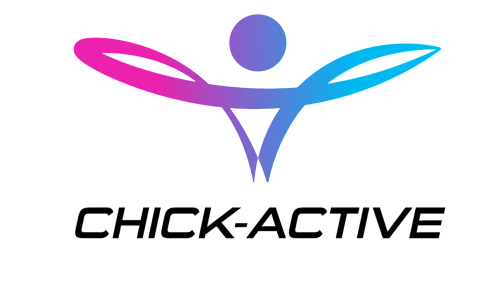
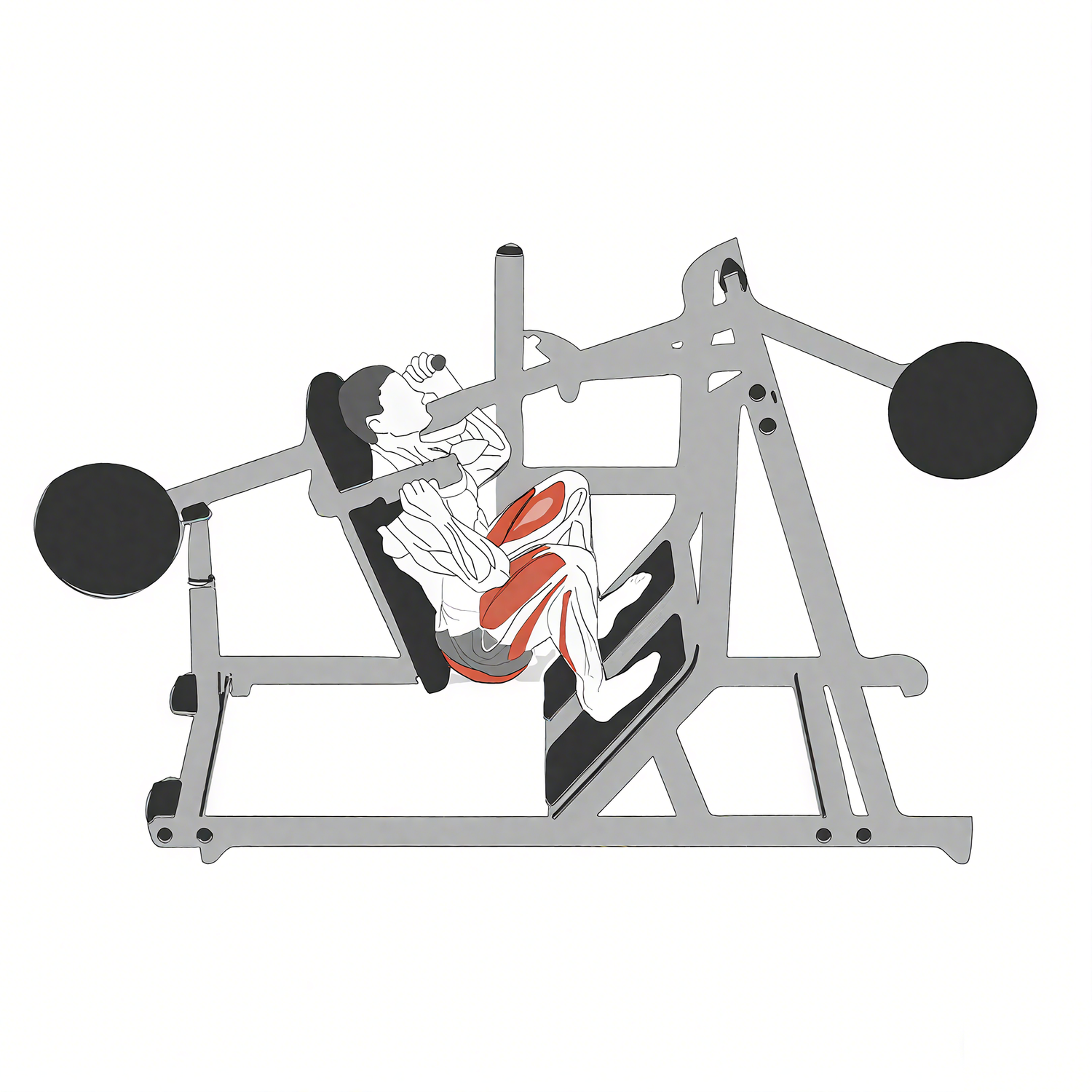
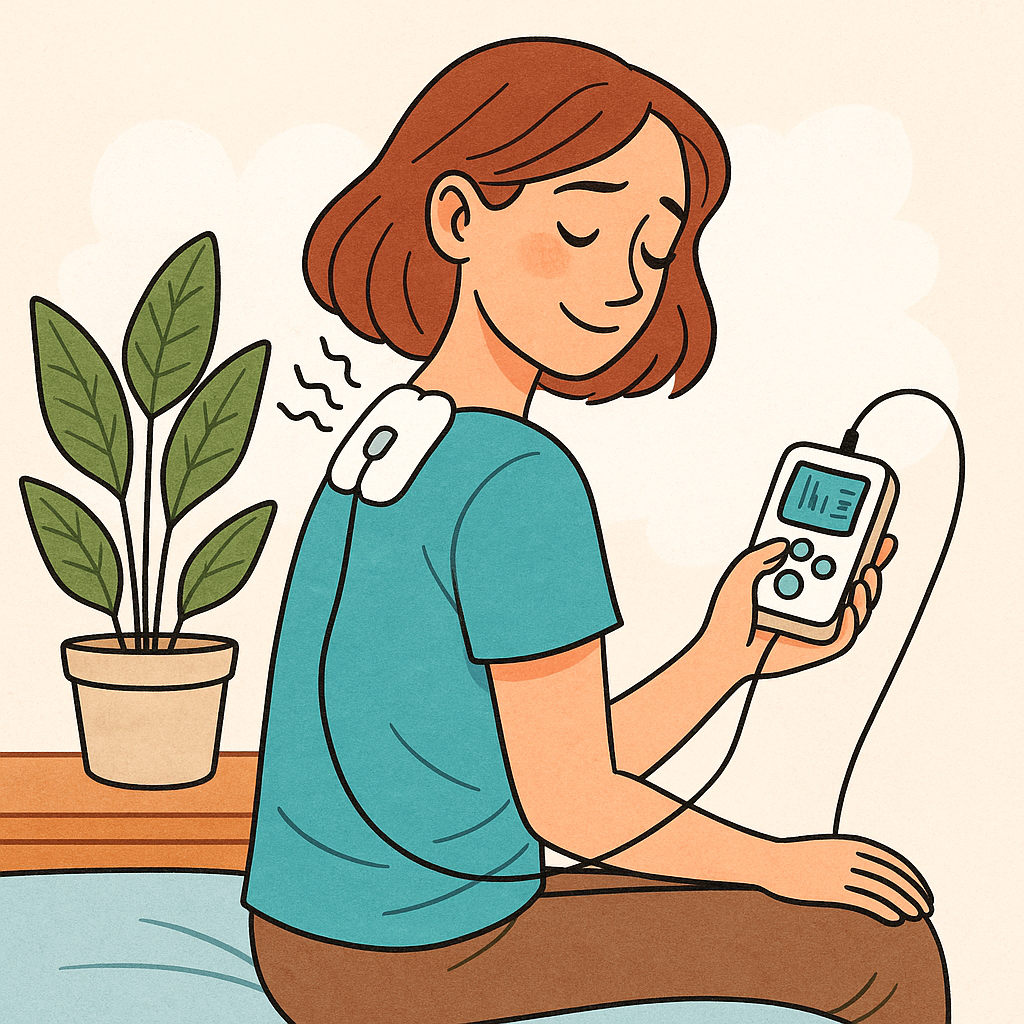
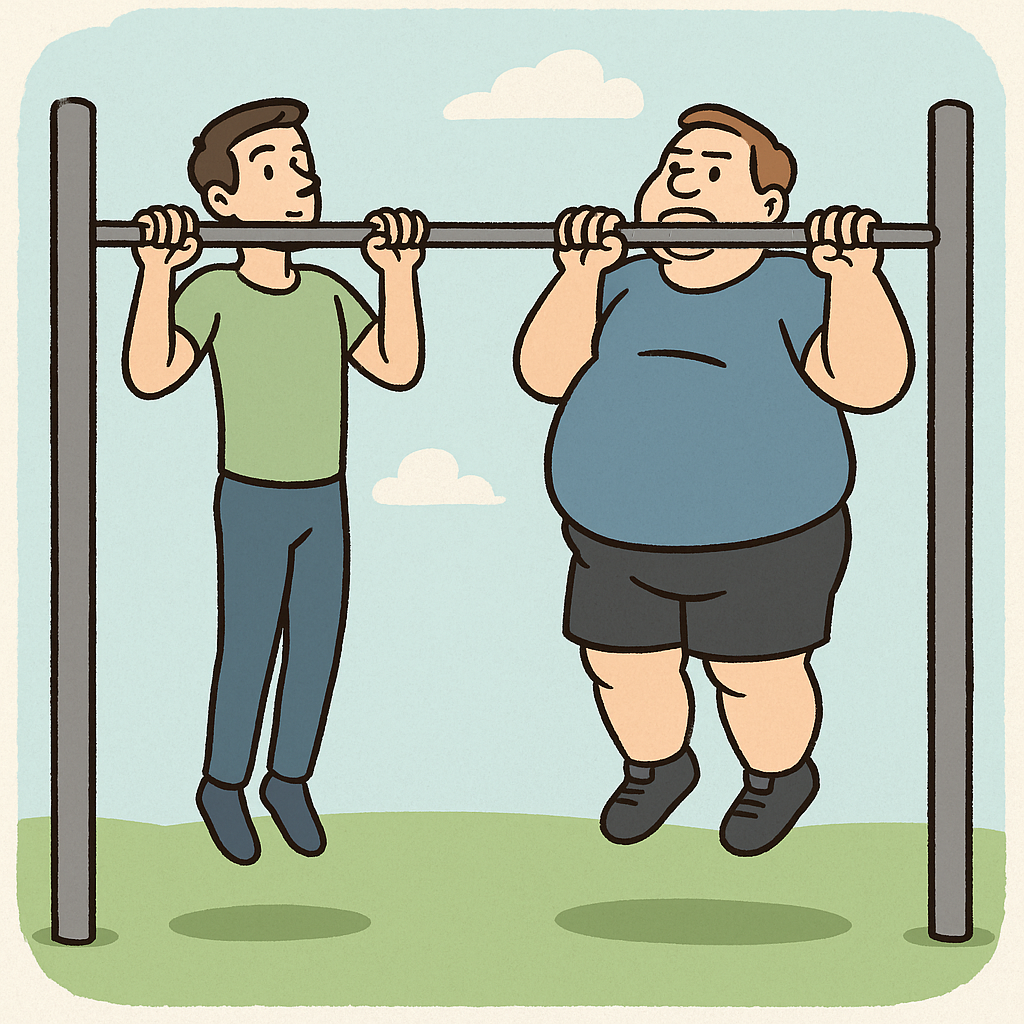
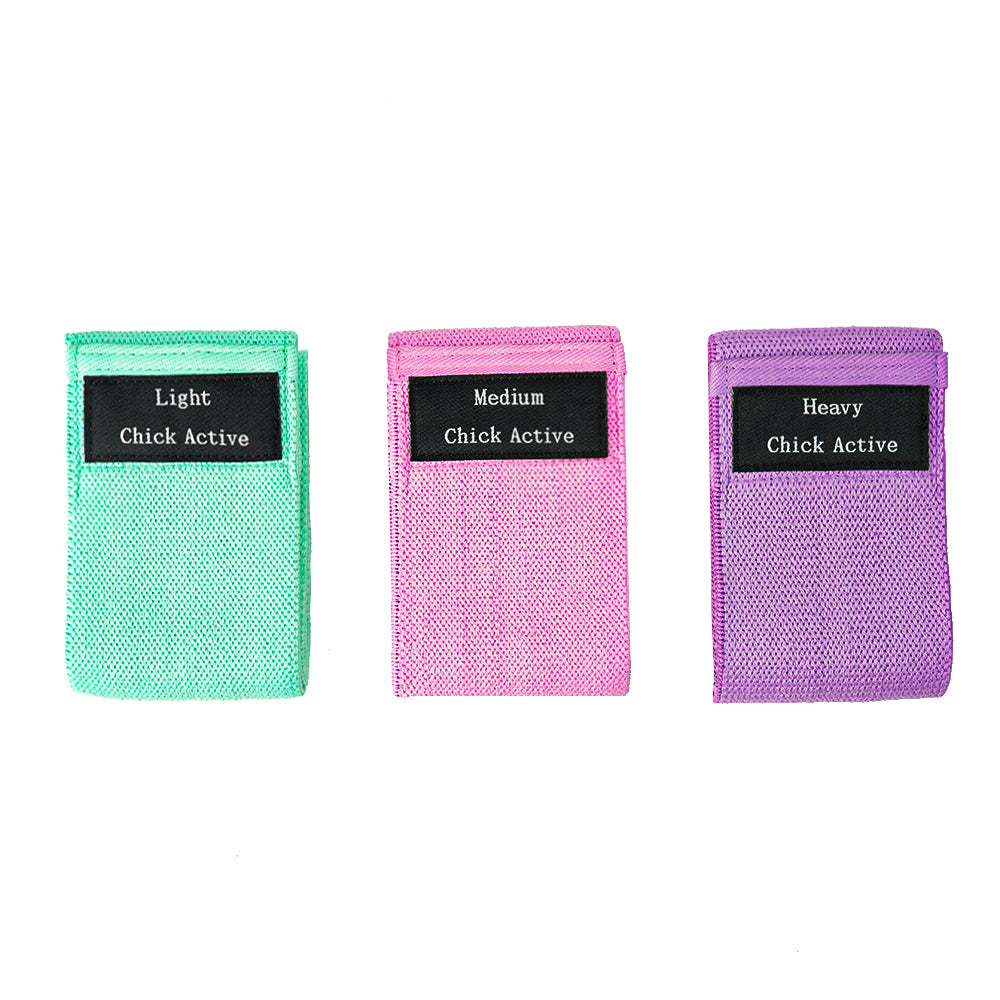
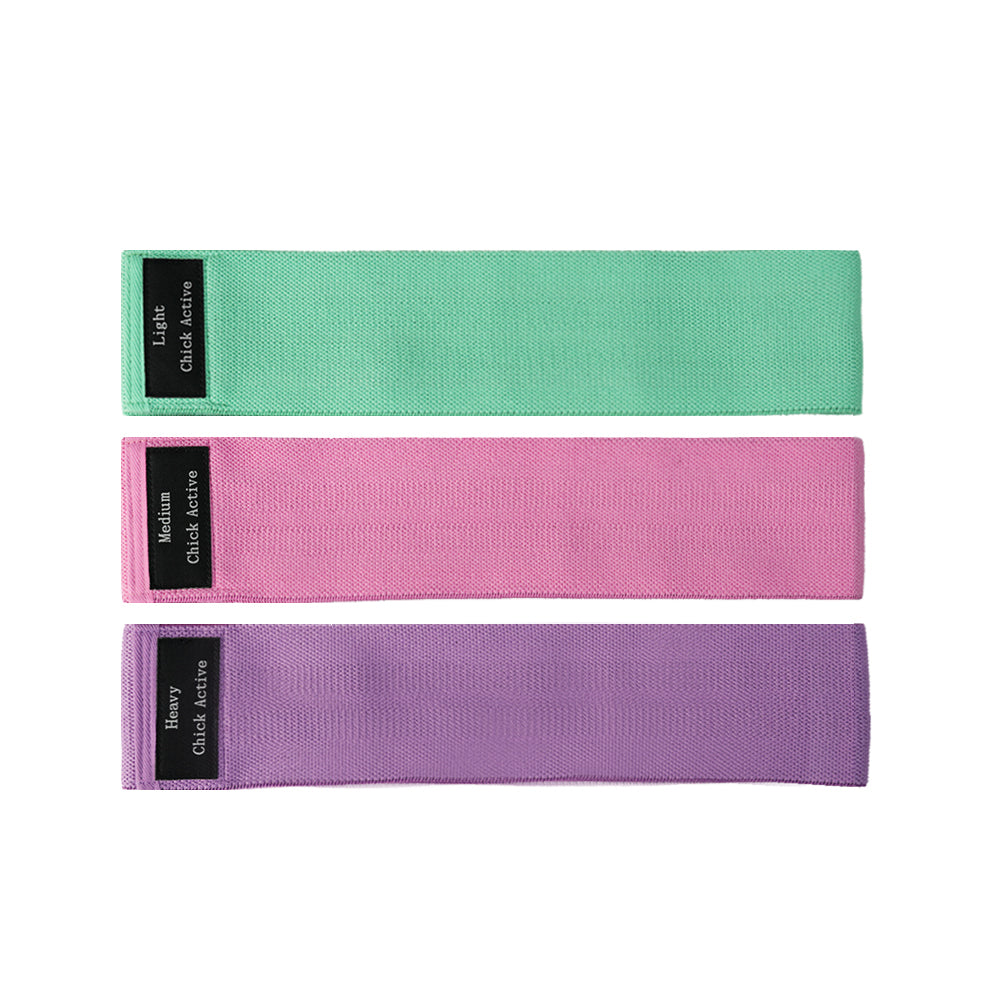


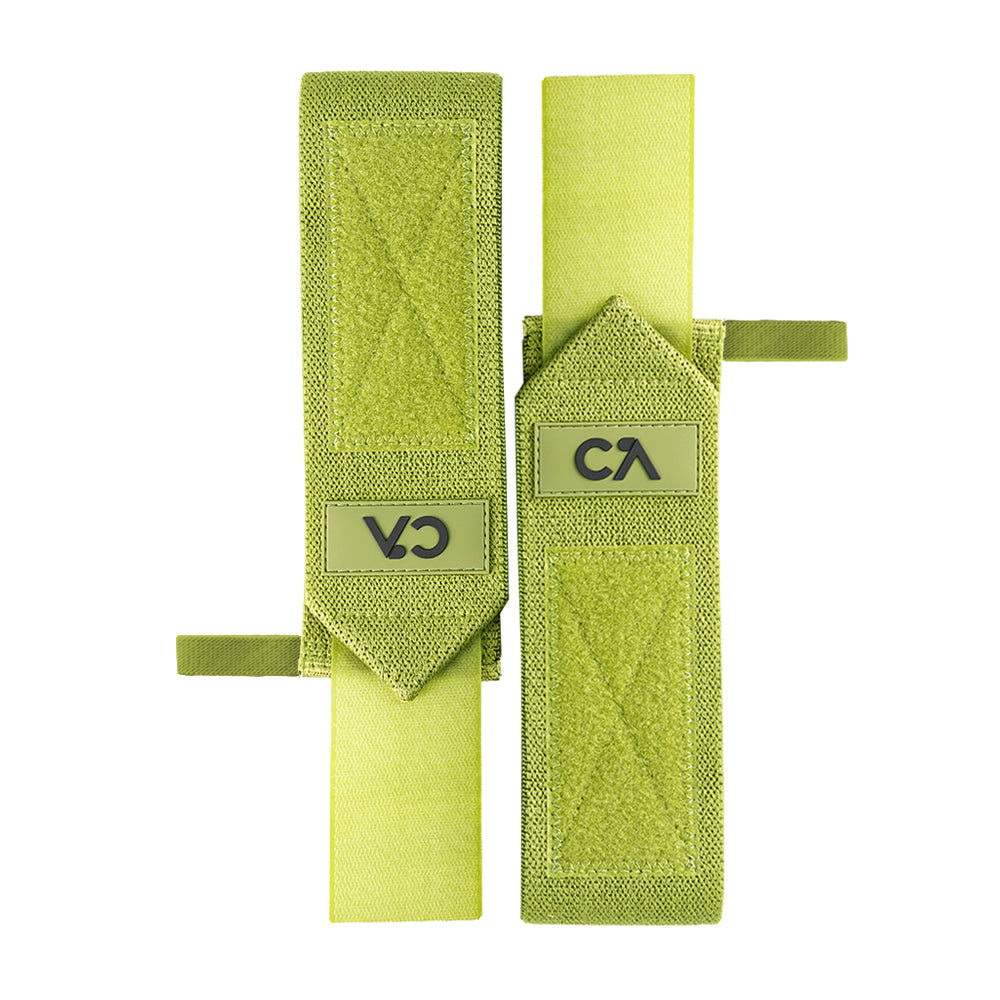
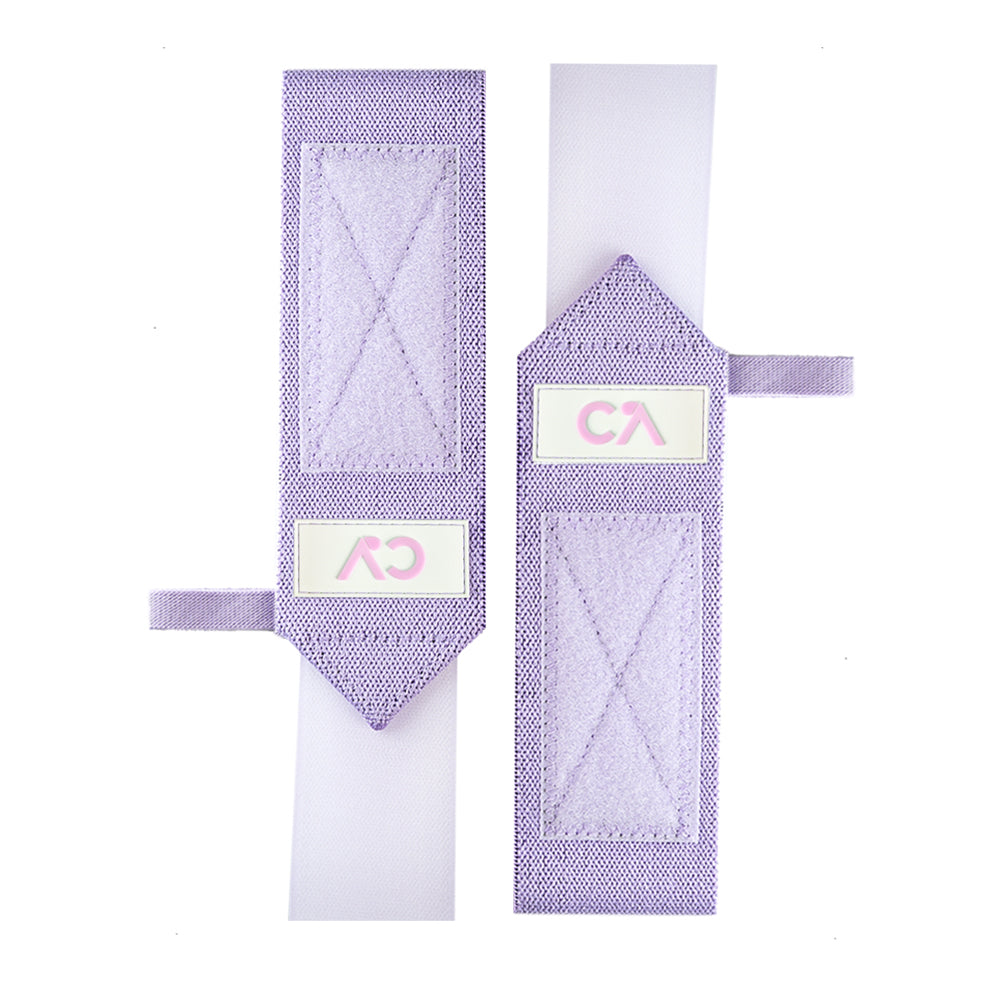
Leave a comment
All comments are moderated before being published.
This site is protected by hCaptcha and the hCaptcha Privacy Policy and Terms of Service apply.